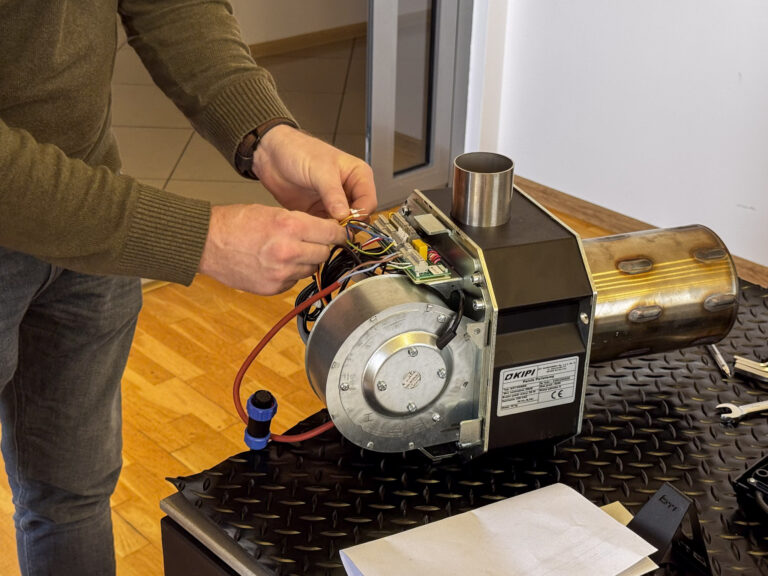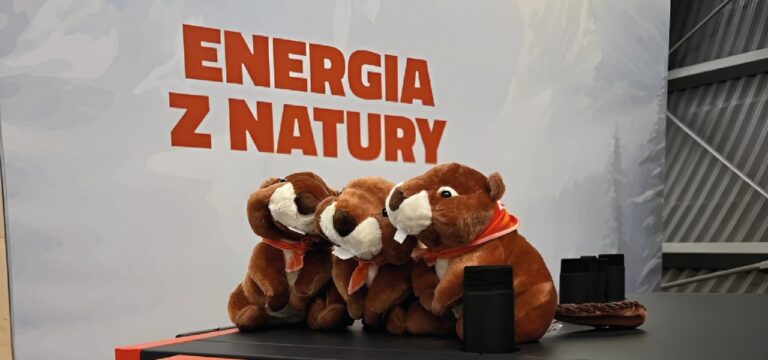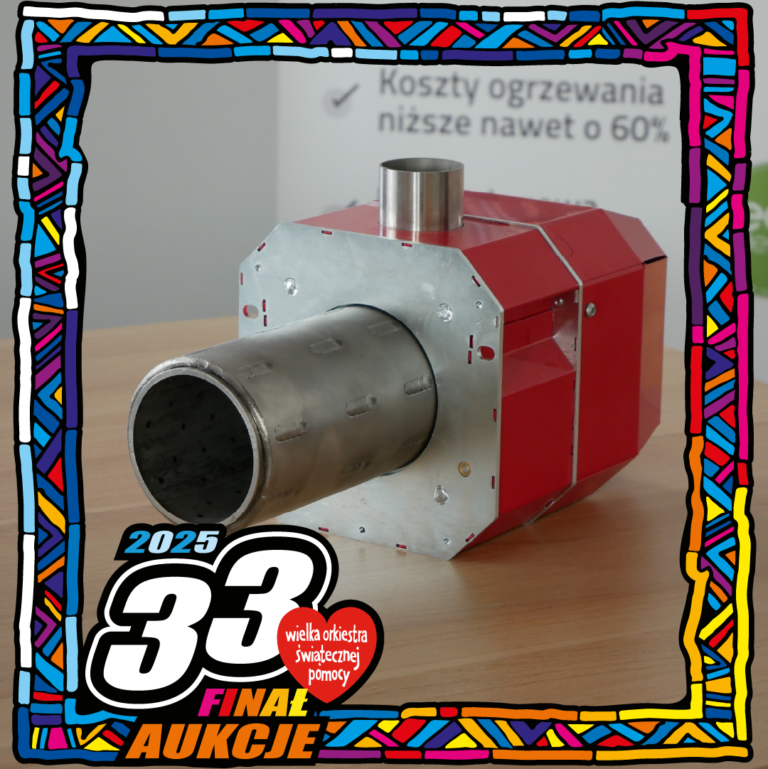Branża grzewcza obfituje w wiele pojęć i przypadków, które potrafią spędzić sen z powiek. Mowa tu zarówno o osobach w niej pracujących, ale przede wszystkim o użytkownikach, którym branża ta dostarcza różnego rodzaju urządzenia grzewcze. Mając to na uwadze opracowaliśmy bazę wiedzy, która w przypadku problemów z urządzeniem może okazać się bardzo pomocna. Gdyż opracowana została w oparciu o wieloletnie doświadczenie naszego serwisu. Znaleźć w niej można m.in. FAQ czyli zbiór najczęstszych przypadków, z którymi dotychczas spotykali się nasi serwisanci. Warto wspomnieć, że większość z nich zalicza się do tych, które użytkownik przy odpowiednim instruktażu może rozwiązać samodzielnie. Ponadto nasza baza wiedzy zawiera intuicyjny słownik, w którym znajdują się wszystkie fachowe terminy związane z naszymi urządzeniami grzewczymi.
Kotły na drewno
Kotły na pellet
Kotły na pellet
Kotły na pellet
Kotły na drewno , Kotły na pellet
Pompa ciepła
Pompa ciepła
Kotły na pellet
Kotły na drewno , Kotły na pellet , Pompa ciepła
Kotły na drewno , Kotły na pellet , Pompa ciepła






Kotły na drewno
Kotły na pellet
Kotły na pellet
Kotły na pellet
Kotły na drewno , Kotły na pellet
Pompa ciepła
Jeśli chcesz dowiedzieć się, które urządzenie najlepiej sprawdzi się w Twoim zakładzie, domu albo otrzymać wycenę — zamów konsultację z ekspertem.
To ok. 15-minutowa rozmowa telefoniczna z osobą, która na co dzień zajmuje się doborem urządzeń grzewczych pod kątem mocy i indywidualnych wymagań. Na podstawie tego, co nam powiesz podpowiemy Ci, które urządzenie będzie najbardziej efektywne.
Jeśli chcesz dowiedzieć się, które urządzenie najlepiej sprawdzi się w Twoim zakładzie, domu albo otrzymać wycenę — zamów konsultację z ekspertem.
To ok. 15-minutowa rozmowa telefoniczna z osobą, która na co dzień zajmuje się doborem urządzeń grzewczych pod kątem mocy i indywidualnych wymagań. Na podstawie tego, co nam powiesz podpowiemy Ci, które urządzenie będzie najbardziej efektywne.
Below you will find the most frequently asked questions. We hope you find them helpful in solving your problem. Otherwise, please contact the nearest service technician or our service center.
There can be many reasons for this:
The flame value should be in the range of 70-100%.
The recommended angle of the pellet feeder is in the range of 30-55 degrees.
It should be performed each time you change pellets or start new batch. Before starting the feeder test:
A sooty heat exchanger can be a result of too little oxygen or too much pellet being fed in relation to the blowing. Please check whether the entered calorific value of the pellets is correct.
The quality of pellets significantly affects the correct operation of the boiler. Poor quality, it is able to clog the vent holes in the burner, cause scale or coals, which may result in a small flame, flashback , filling the burner with pellets.
The return temperature should be 55 degrees, and the supply may differ by 5 degrees from the preset boiler temperature.
This option is found in "manual control".
This situation may take place when:
Yes, they are compatible. They perform the appropriate functions when connected to the controller.
Yes, ecoNET300 module is the same for all our controllers, as it is customised, it does not work with devices of different producers.
The return temperature will be shown if we connect the CT4 sensor in the controller as a return according to the given controller connection diagram and attach it to the boiler return.
The reason may be too high airflow at maximum power, which may cause a small flame in the burner. An additional reason may be the lack of periodic inspection of the burner, which may result in clogged openings in the combustion chamber.
It depends on the power of the boiler. When lowering the temperature, however, remember to keep the flame alight.
Low-power boilers (10-50 kW) should be cleaned at least once a year. As for high-power boilers (70-300 kW), they should be cleaned twice a year.
Fresh air is required for the proper operation of the boiler, the burner draws air from the boiler room, for this purpose an aeration grate or the so-called the book.
Picking ash up depends on the amount of pellets stored in the ash pan.
There are terms in the dictionary arranged alphabetically
The chimney flue is a pipe that connects the boiler with the chimney duct.
Tank disinfection – it is raising the DHW tank temperature to 70 ℃ for a specified period of time in order to kill legionnaires in the domestic water system.
Pump group – previously prepared hydraulic set for supplying the heating circuit. Depending on the variant, it is most often equipped with a circulation pump, thermostatic valve and properly located check and shut-off valves.
ISM – radio module (transmitter) cooperating with the room regulators of the esterX series . Through it, room regulators connect to the boiler controller.
The calorific value of pellets is a value that determines the amount of heat that can be obtained from the complete combustion of a kilogram of pellets.
Rotation of the chamber – allows for complete combustion of the supplied fuel and prevents the slag from sticking to the walls.
Firing up – a mode for automatic firing up of the furnace in the boiler.